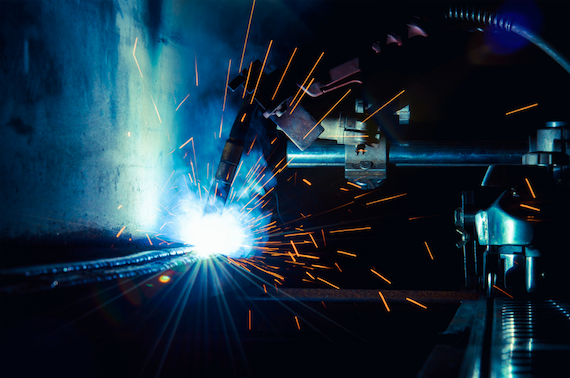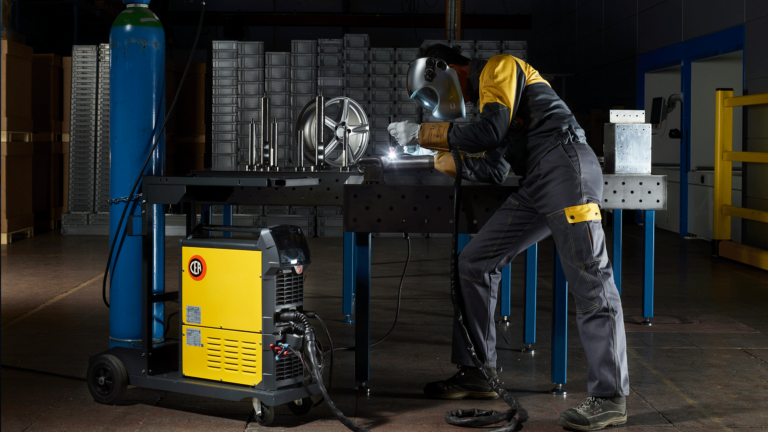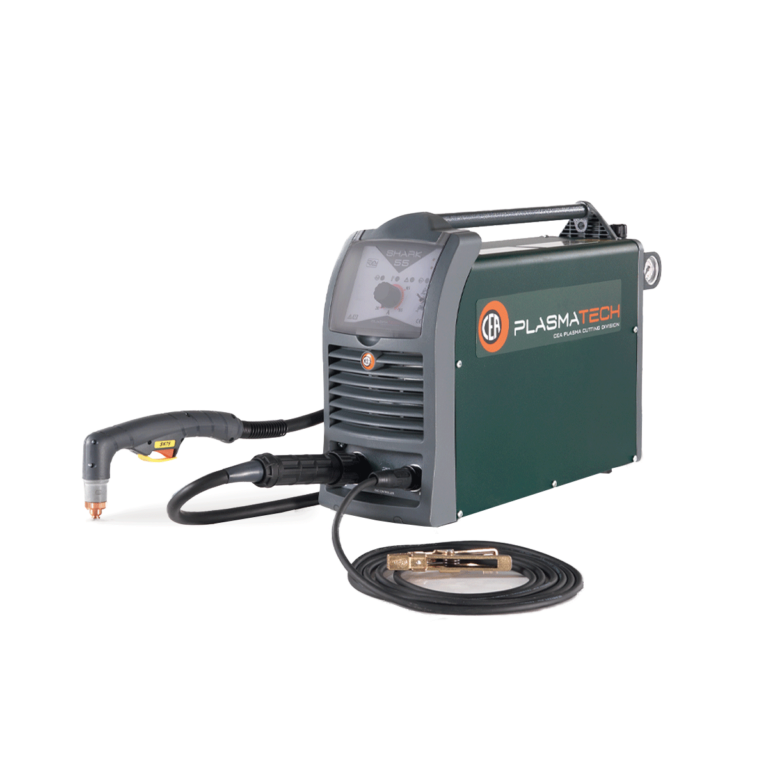Industry 4.0 in welding process: digital intelligence for welding issues

Today, with industry 4.0, we have reached the fourth industrial revolution and great advantages are in store for those who will know how exploit these new technologies.
Even the welding sector is involved in this process of change. At modern “smart factories”, industrial welding robots are connected to a network and exchange information to independently improve their work.
All this leads us to believe that we will witness a growth in the welding sector, which will follow the market of advanced technologies used for industrial production.
Discover the world of welding before and during Industry 4.0.
Download the eBook!
Industry 4.0 in welding process: Smart factories and smart factors
The innovation of industry 4.0 revolves around the cyber physical systems (CPS), i.e. systems that can connect the digital world with the physical one, optimising results thanks to continuous data analysis.
This technology will improve all business sectors, such as: robotic automation, warehouse flow management, worker assistance.
READ ALSO: "Progress of welding process: influence of Industry 4.0 in the welding industry"
The economic outlook is one made of smart factories where modern technologies are used in:
- Smart production - people and tools work together
- Smart services - digitisation improves connections between companies, suppliers and customers
- Smart energy - less consumption and greater care for the environment
The softwares applied to welding machines 4.0 are designed to increase welding efficiency, whether it’s done by a robot, or a human operator.
The concept of synergy is very clear when we think of a welding machine helping an operator identify the best settings for MIG or TIG welding.
As mentioned in the introduction, the next step is to make sure that the data is collected in real time and used to optimise the activities of the network-connected machines, in order to increase the overall efficiency of the system.
Lastly, as industry 4.0 would have it, having energy-saving functions in welding systems becomes important to contain costs and protect the environment.
READ ALSO: "Energy saving business opportunities when selling industrial products"
Industry 4.0 in welding process: meeting the customer’s needs is easier
Another great aspect of industry 4.0 is the greater flexibility and management of even small batches.
The automation of work processes and the smart management of orders and materials enable creating made-to-order products for the customer. Product customisation is something that people increasingly demand, but for old-fashioned companies this turns into a high production cost.
Fast delivery is another factor sought by today’s consumers. Only by pursuing industry 4.0 can we imagine quickly delivering a custom product, with no losses due to complex and expensive processes.
Lower costs with the man/machine synergy
The latest from the welding world says that following the industry 4.0 protocol will certainly require companies to make investments, which will nonetheless be repaid in terms of lower production costs.
Even in the field of welding, automation has become smart, with systems that can independently control the whole work process.
The companies adapting to this technological revolution use synergic systems with digital controls that increase worker productivity.
Next-level welding machines that simplify the operator’s work, recognising the material to weld and setting all parameters, create a man/machine synergy that is now the key to joining the fourth industrial revolution.
{{cta('532b36ee-205a-4d91-b6e2-8b4fa9348164','justifycenter')}}






